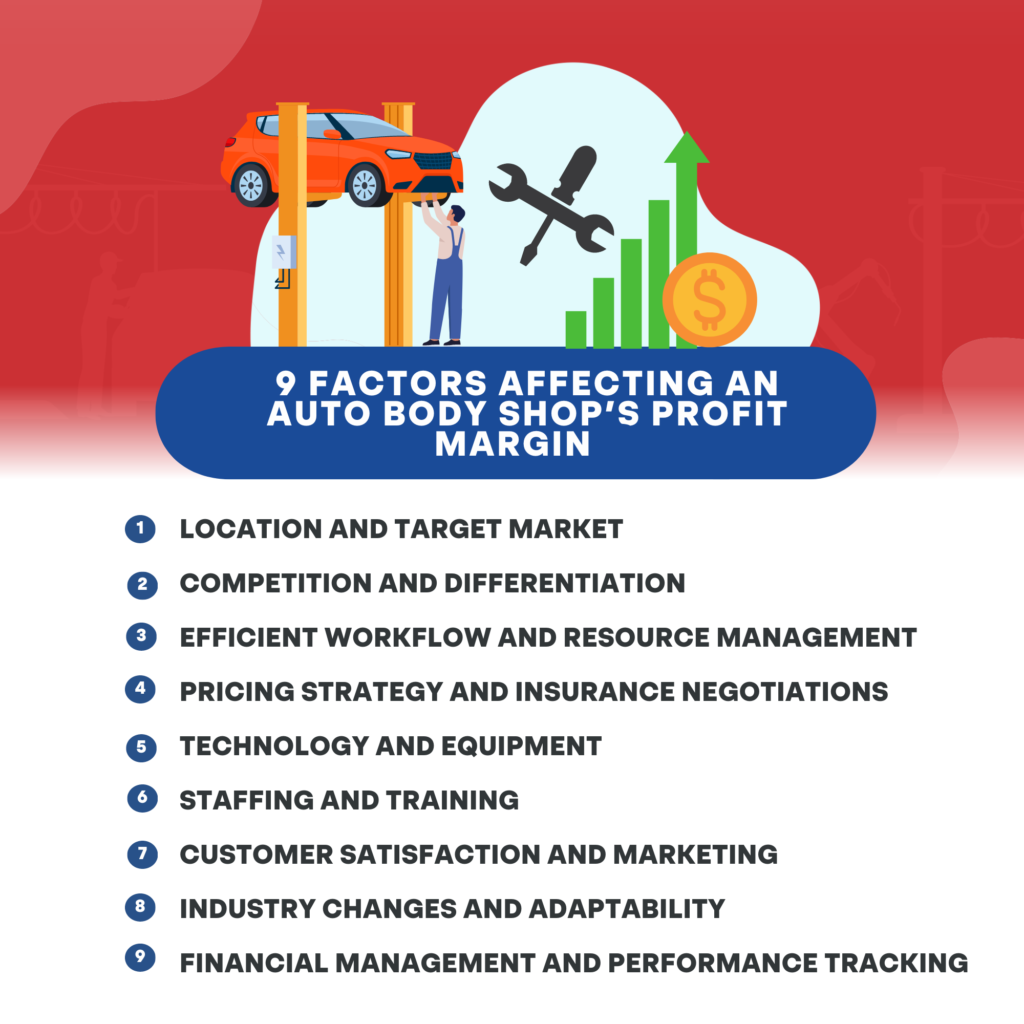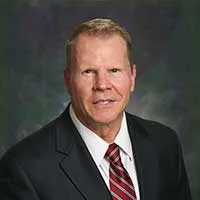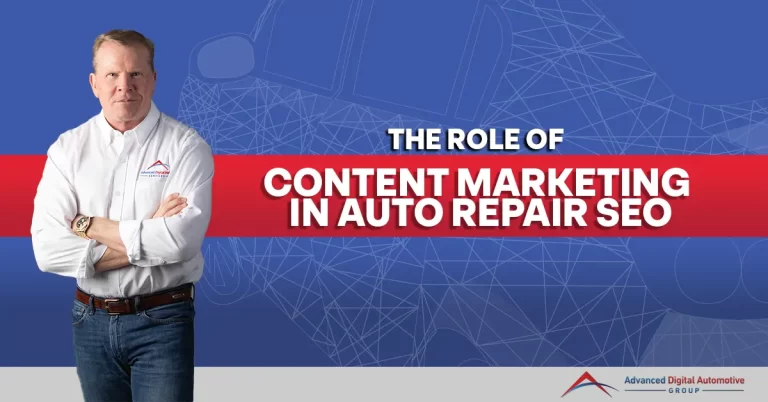Running an auto body shop requires a unique blend of technical expertise, customer service skills, and business acumen. While the primary goal is to restore vehicles to their pre-accident condition, body shop profit margins can significantly vary.
As with any business, the profitability of an auto body shop is determined by several factors. Understanding and effectively managing these factors can make the difference between a thriving shop and one struggling to stay afloat. So, if you’re interested in how to run a successful auto body shop or maximize its profitability, read on.
9 Factors Affecting an Auto Body Shop’s Profit Margin

1. Location and Target Market
The first and perhaps most crucial factor in determining how profitable auto body shops are is their location. Ideally, the shop should be situated in a convenient and easily accessible area, such as near a major road or in close proximity to a densely populated neighborhood. This will help the customer find the shop without difficulty.
Additionally, the target market plays a role in body shop profit margins. Different areas may have varying demographics, economic conditions, and preferences when it comes to vehicle ownership. For example, a shop located near luxury car dealerships may attract high-end vehicle owners who are willing to pay premium prices for quality repairs.
2. Competition and Differentiation
When it comes to auto body shops, competition is a given. To stand out and attract customers, a shop must have a unique selling proposition. This can be in the form of specialized services, advanced equipment, highly skilled technicians, or a reputation for providing exceptional customer service.
By offering something different or better than their competitors, auto body shops can command higher prices for their services and, in turn, achieve better profit margins. However, it’s important to note that the effectiveness of this strategy depends on the target market’s preferences and the shop’s ability to deliver on its promises.
3. Efficient Workflow and Resource Management
A well-designed and efficient workflow is essential for maximizing profitability in the auto body repair industry. This means minimizing downtime, streamlining processes, and effectively managing resources, including time, materials, and equipment.
Shops that can complete repairs quickly and with a high level of quality can take on more customers, leading to increased revenue and improved profit margins. On the other hand, inefficient shops that experience delays and bottlenecks may struggle to meet customer demands and could face increased costs, negatively impacting profitability.
4. Pricing Strategy and Insurance Negotiations
The pricing strategy pursued by an auto body shop can have a major effect on its profit margins. While it may be tempting to set prices as high as possible, shops must carefully balance the desire for increased profitability with the need to remain competitive in the market.
Some shops focus on offering premium services and charging higher rates, while others opt for more affordable pricing to attract a larger customer base. Consider factors such as the shop’s target market, local competition, and the perceived value of its services.
Insurance negotiations also play a role in body shop profit margins. Many customers rely on insurance to cover the costs of repairs, so shops that have established positive relationships with insurance providers and can efficiently navigate the claims process are more likely to secure a steady stream of work.
5. Technology and Equipment
While investing in advanced tools can be expensive, it can also result in more efficient repairs, reduced labor costs, and improved customer satisfaction.
However, the choice to adopt new technologies should be carefully considered, as it must align with the shop’s overall business strategy. Investing in equipment that doesn’t generate a sufficient return on investment can erode profit margins and hinder the shop’s long-term success.
6. Staffing and Training
Hiring well-trained technicians and providing ongoing training and development opportunities can give a shop a competitive edge.
However, it’s essential to strike a balance between the level of expertise and the associated costs. While highly skilled technicians can command higher salaries, their ability to efficiently complete repairs can also lead to increased profit margins. On the other hand, if labor costs are too high and not adequately offset by increased productivity, profitability may be negatively impacted.
7. Customer Satisfaction and Marketing
Delivering a positive customer experience is vital for any service-based business, and auto body shops are no exception. Satisfied customers are more likely to return to a shop for future needs and recommend it to others, resulting in increased business and improved profit margins.
To foster customer satisfaction, shops should focus on delivering quality repairs, clear communication throughout the repair process, and timely completion of work. Implementing a feedback system to address any concerns or issues can also help in improving the overall customer experience.
Effective marketing strategies can also impact the profitability of an auto body shop. Seeking positive reviews, establishing a strong online presence, and leveraging social media, can attract new customers and further enhance the shop’s reputation in the market.
8. Industry Changes and Adaptability
The ability to adapt to industry changes is a characteristic of successful auto body shops. Rapid updates on vehicle technology and materials require auto body shops to stay updated.
Shops that can quickly adapt and offer specialized services for new vehicle models or alternative materials can benefit from a first-mover advantage, allowing them to command higher prices and achieve better profit margins.
9. Financial Management and Performance Tracking
A profitable auto body shop relies on effective financial management. A shop owner should fully understand their costs, including both fixed and variable expenses, and regularly keep track of key performance indicators like per job, customer acquisition costs, and overall profit margins.
By closely monitoring their financial performance, shop owners can make wise decisions and optimize profitability.
The Bottom Line
While the potential for profitability exists in the auto body shop industry, success is not guaranteed. Shop owners must navigate various challenges and make strategic choices to achieve their desired profit margins.
Focusing on the right factors, such as efficient workflow, competitive pricing, and customer satisfaction, can create a strong foundation for profitability. However, it’s important to remember that every shop is unique, and what works for one may not work for another. Finding the answer to “How much do auto body shops make per year?” varies, and the right formula for success often requires a combination of experimentation, continuous improvement, and a deep understanding of the target market.
Ready to Take Your Auto Body Shop to the Next Level?
Let Advanced Digital Automotive Group help you explore the benefits of SEO for auto body shops. We have a toolbox of various digital marketing services that can help your business rise against the competition. Contact us today!




